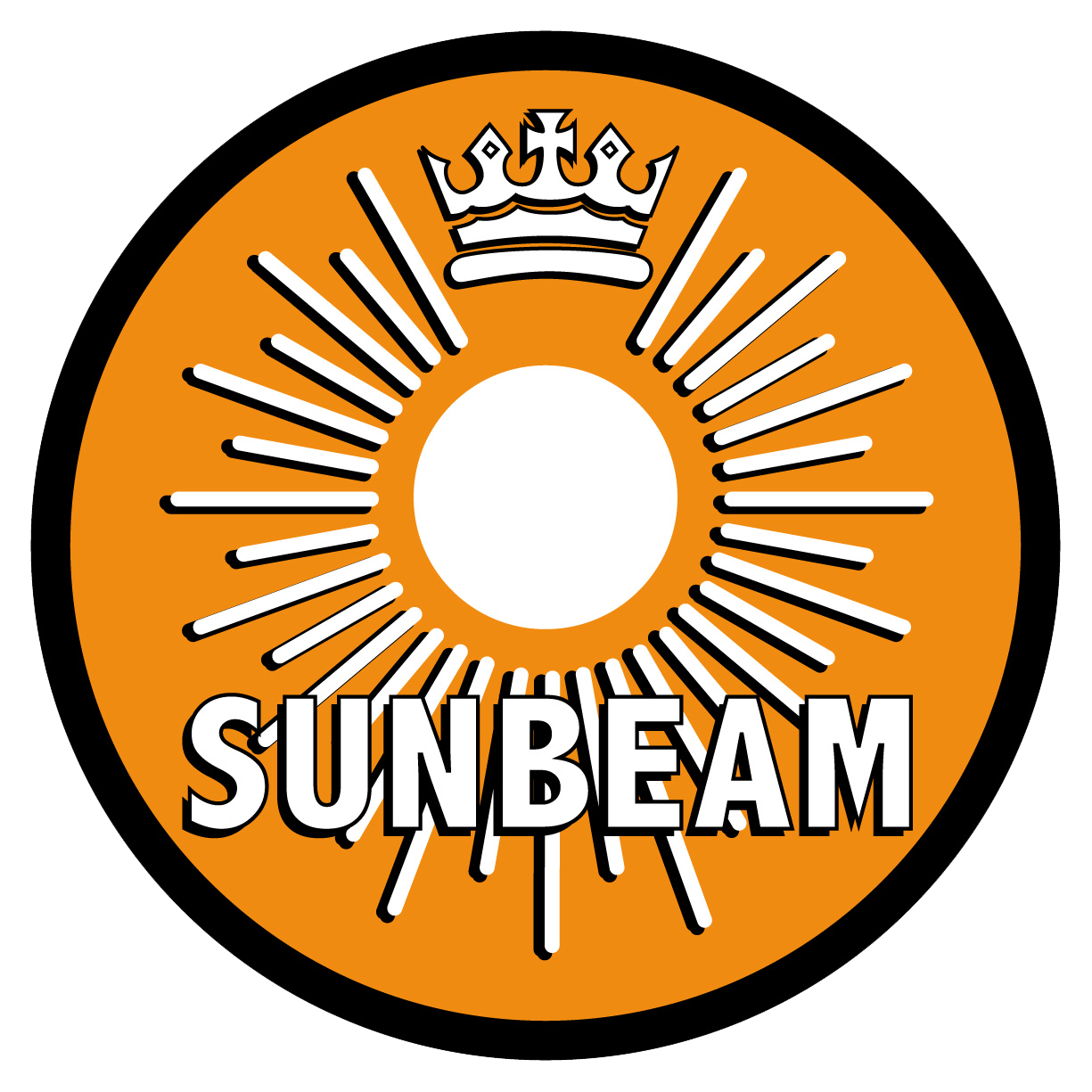About Sunbeams

|
Designer Erling Poppe seated on an early prototype S7 talking to Mr Nedham of the Redditch design staff Initially designed by Erling Poppe - believed as a result of letters to a motorcycle magazine - it came on to the market in 1946 - straight after the war - a completely NEW concept in motorcycle design. Several versions were secretly tested at the factory in Redditch where they were made - which were intended to lead up to two productions types - the `Tourer' which came onto the market as the model S7 in 1946 - and the little known `Sports' which was tested but never put into production. This sports model had a much higher compression ratio with a different OHC design. The S7 was road tested by `Motorcycling' in February 1946 and did a comfortable 75 mph. The never-sold sports model was road tested in May 1946 and gave 94 mph. Why it was not put into production was never officially disclosed. Rumour had it that-it produced too much BHP for the wellbeing of the components - notably the rear drive unit, although later evidence proved this rumour to be unfounded - others say it didn't handle too well - which; as these earlier versions had a rather more primitive undamped front fork system, and the rubber mountings for the Sunbeam hadn't been completely sorted out - could very well be true! There were also trials with a rigid version for a cheaper model - but this wasn't pursued either. |
|
| Erling Poppe was designing motorcycles in the 1920's. His father was one of the partners in White & Poppe of Coventry, who built engines for motor vehicles in the pioneering days. Erling started to design and build his own motorcycles in 1922. He sought always for better silencing, comfort and cleanliness. He went on to design cars and heavy vehicles until he designed the new concept which was to be the shaftdriven S7s and S8s. | |
|
|
|
|
Early 'clean handlebar' 1947 Sunbeam S7
|
|
 |
|
|
The S7 deluxe which, in May 1949, replaced the troublesome 'early' S7
|
|
 |
|
|
The offside view of the more 'sporty' looking Sunbeam S8
|

